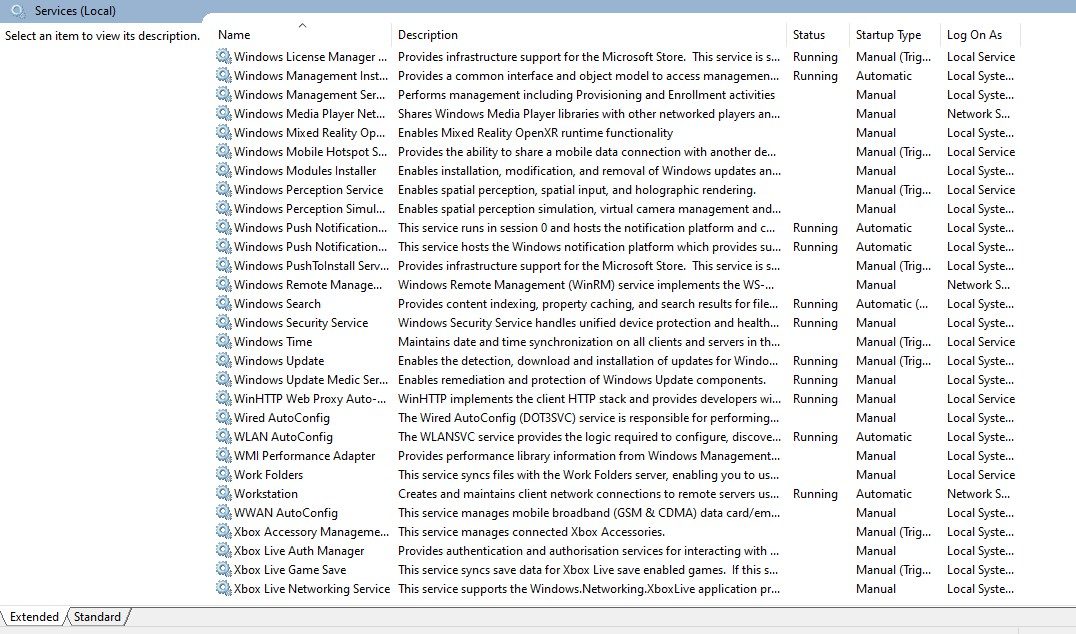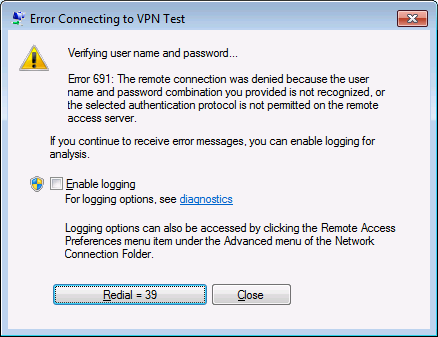Featured
Table of Contents
Streaming Websites, Services, Or Apps Are Inaccessible ...

The Routing and Remote Access snap-in lives within the Microsoft Management Console, understood as the MMC. There are multiple methods to access the MMC. You can pick the console from the Start menu's Programs alternatives, within the Administrative Tools folder within Windows server's Control board or by typing mmc at a command timely.
As Tech, Republic's Brandon Vigliarolo shows within his video at the start of this short article, the Services console shows the status of the Routing and Remote Access entry. From within the Services console and with the Routing and Remote Access entry highlighted, you can click Start the Service or right-click the entry and choose Restart.
In some cases the VPN customer and VPN server are set to utilizing various authentication approaches. Confirm whether an authentication error is the problem by opening the server console. Yet another technique of accessing the MMC is to type Control+R to open a command timely in which you can type mmc and hit Enter or click OK.
If the entry isn't present, click File, select Add/Remove Snap-in, select the Routing and Remote Gain access to option from the options and click Add, then OK. With the Routing and Remote Access snap-in added, right-click on the VPN server and click Properties. Evaluate the Security tab to confirm the authentication approach.
How To Fix Vpn Not Connecting On Windows 10 – 6 Ways
Guarantee the VPN customer is set to the authentication method defined within the Security tab. Usually the items just reviewed are accountable for most VPN connection rejection mistakes.
IP addresses are another fundamental aspect for which administration should be effectively set. Each Web-based VPN connection normally uses two different IP addresses for the VPN client computer system. The first IP address is the one that was appointed by the customer's ISP. This is the IP address that's used to establish the initial TCP/IP connection to the VPN server over the Web.

This IP address typically possesses the very same subnet as the regional network and therefore enables the customer to interact with the regional network. When you set up the VPN server, you must set up a DHCP server to assign addresses to customers, or you can create a bank of IP addresses to designate to customers straight from the VPN server.


If this choice is chosen and the reliable remote access policy is set to allow remote gain access to, the user will be able to attach to the VPN. I have been not able to re-create the situation personally, I have actually heard rumors that a bug exists in older Windows servers that can cause the connection to be accepted even if the effective remote gain access to policy is set to reject a user's connection.
11 Vpn Troubleshooting Tips: Quick & Easy Fixes In 2023

Another typical VPN issue is that a connection is effectively established however the remote user is not able to access the network beyond the VPN server. Without a doubt, the most typical cause of this problem is that approval hasn't been granted for the user to access the entire network. To allow a user to access the entire network, go to the Routing and Remote Access console and right-click on the VPN server that's having the problem.
At the top of the IP tab is an Enable IP Routing check box. If this check box is enabled, VPN users will have the ability to access the remainder of the network, assuming network firewall softwares and security-as-a-service settings allow. If the checkbox is not selected, these users will be able to gain access to just the VPN server, however absolutely nothing beyond.
If a user is calling straight into the VPN server, it's generally best to configure a fixed route in between the client and the server. You can set up a fixed route by going to the Dial In tab of the user's properties sheet in Active Directory site Users and Computers and picking the Apply A Fixed Path check box.
Click the Include Path button and then enter the location IP address and network mask in the area provided. The metric must be left at 1. If you're utilizing a DHCP server to designate IP addresses to clients, there are a couple of other issues that might trigger users not to be able to exceed the VPN server.
Forcepoint Vpn Client Connection Issues
If the DHCP server appoints the user an IP address that is currently in usage in other places on the network, Windows will find the dispute and prevent the user from accessing the remainder of the network. Another common issue is the user not getting an address at all. The majority of the time, if the DHCP server can't appoint the user an IP address, the connection will not make it this far.
254.x. x range. If the customer is designated an address in a variety that's not present within the system's routing tables, the user will be unable to browse the network beyond the VPN server. Other issues can contribute to this issue, too. Make sure the resources the user is trying to gain access to are in fact on the network to which the user is connecting.
A VPN connection to the other subnet might, in fact, be needed. A firewall or security as a service solution could likewise be to blame, so don't forget to examine those solutions' settings, if such parts exist in between the VPN server and the resources the user seeks to reach.
The first possibility is that one or more of the routers included is performing IP packet filtering. I advise checking the client, the server and any devices in between for IP package filters.
Latest Posts
Best Vpns Of August 2023
The Best Vpn For Business In 2023: Top 8 Corporate ...
Best Vpn Solution For Small & Corporate Business